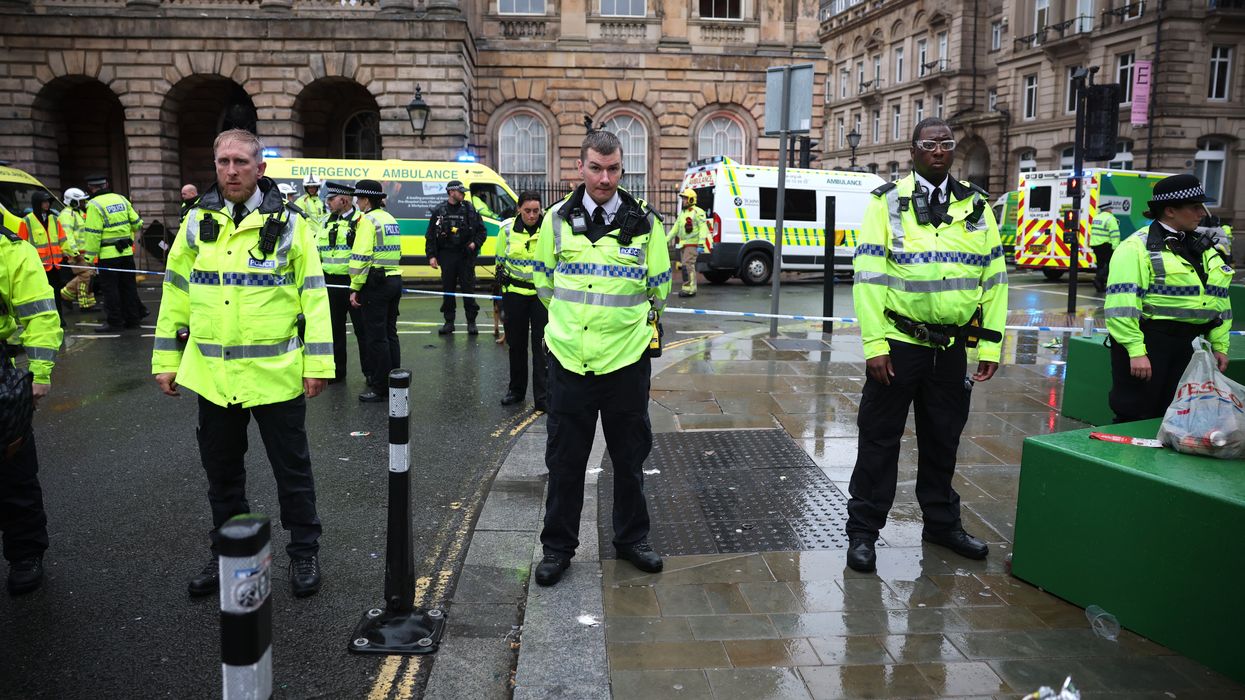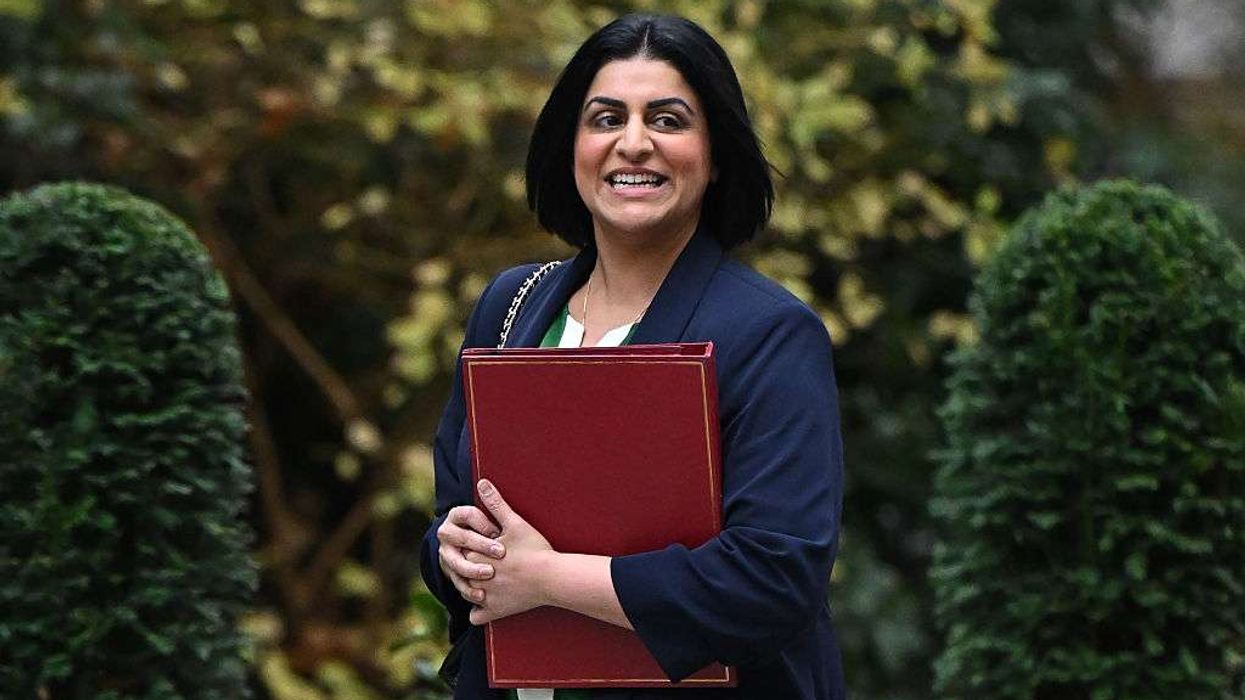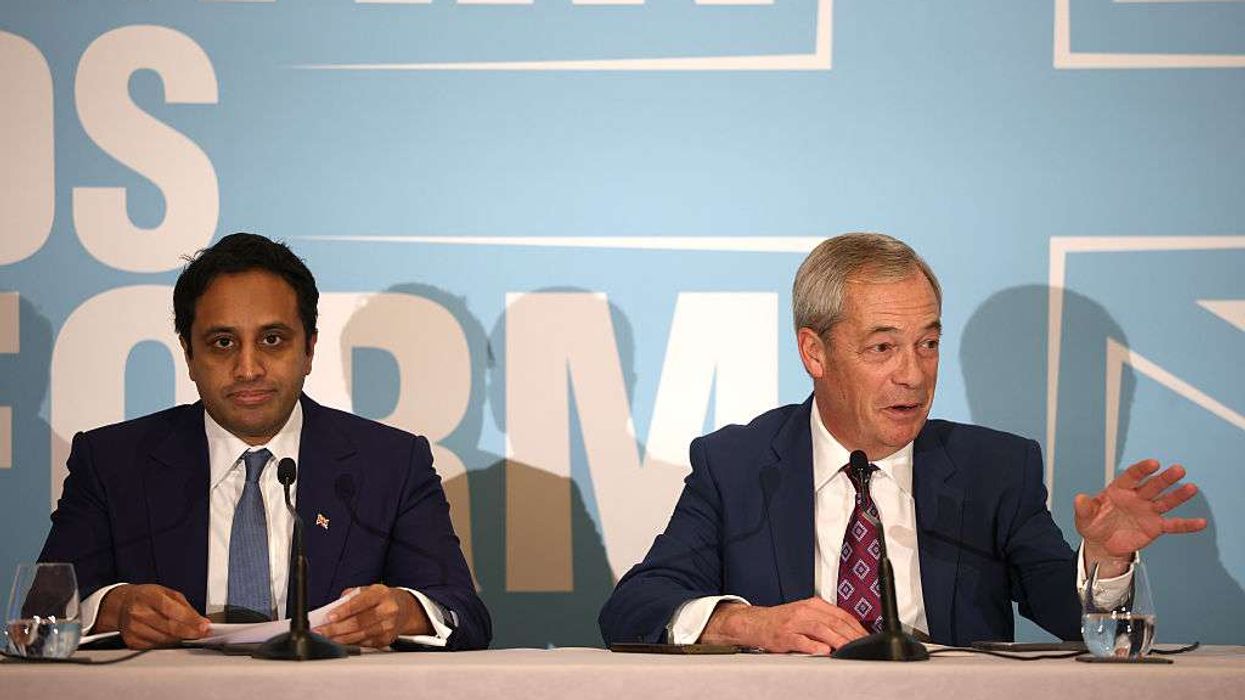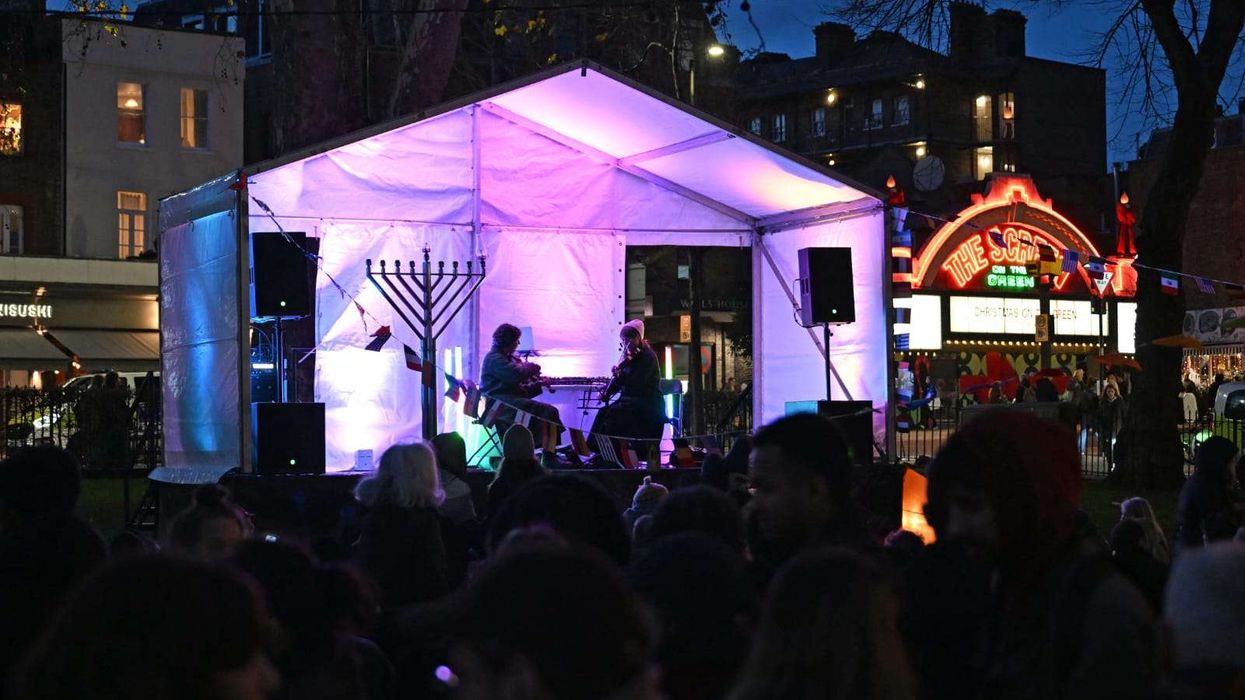MERSEYSIDE POLICE RELEASED details about the ethnicity of the Liverpool crash suspect on Monday night to stop speculation online. After a car drove into crowds during the Liverpool FC victory parade, police said they had arrested a "53-year-old white British man from the Liverpool area".
The force shared these details, including age, nationality and ethnicity, at 19:53 BST. The reason why the ethnicity was released so quickly was to counter speculation that the crash was an Islamist terrorist attack or linked to migrants.
Liverpool mayor Steve Rotheram said the police acted "very, very quickly" to prevent "real consternation" caused by online rumours.
The decision was different from last summer’s Southport knife attacks, when police gave out little information about the suspect.
A report by His Majesty's Inspectorate of Constabulary and Fire & Rescue Services this month said police must communicate facts online to fill the information gap and prevent false narratives.
Helen King, former assistant commissioner of the Metropolitan Police, said while there are times when police can confirm information quickly, some situations are more complex and sensitive.














